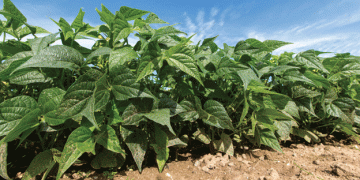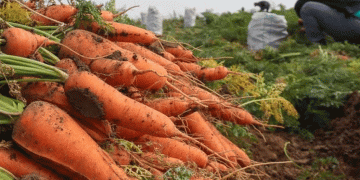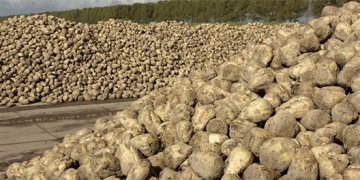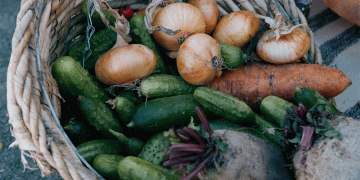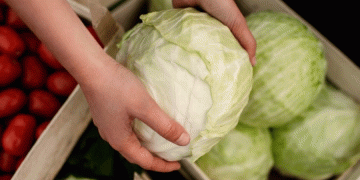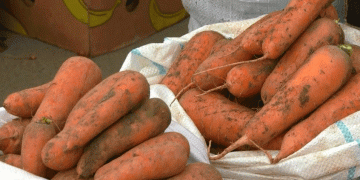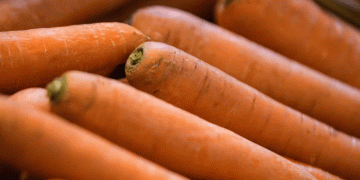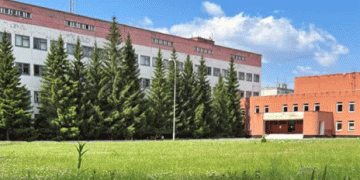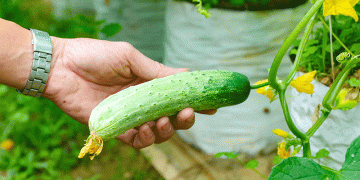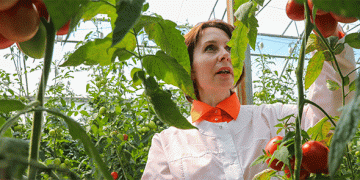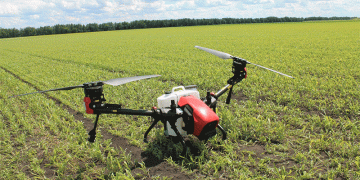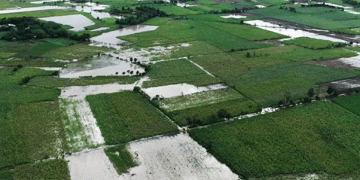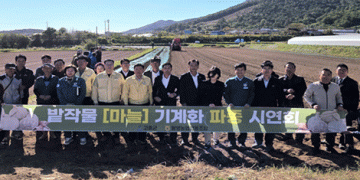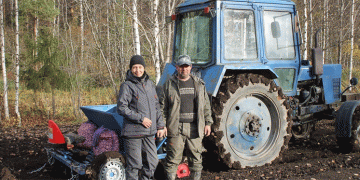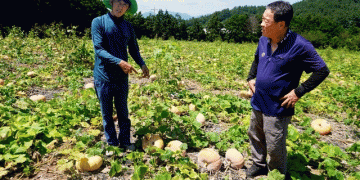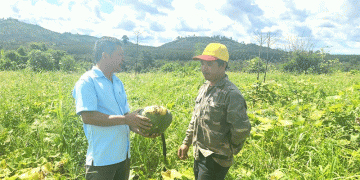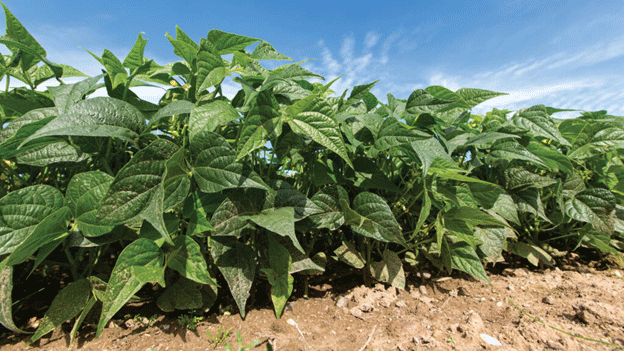In the heart of Worcestershire, John Sansome is managing more than just crops—he’s overseeing a quiet revolution in British vegetable farming. At G Wilson Revill & Son, the shift toward regenerative agriculture is reshaping how the farm grows its eight intensive vegetable crops, alongside cereals, for a changing market and climate.
From asparagus and baby carrots to salad onions and Tenderstem broccoli, the demands of year-round production don’t easily lend themselves to cover crops, long rotations, or soil-restoring livestock integration. Yet Sansome believes that the five principles of regenerative agriculture—diversity, living roots, livestock integration, soil cover, and reduced soil disturbance—can be adapted, even for vegetable growers.
A High-Stakes Balancing Act
Vegetable growing is inherently complex: crops are hand-harvested, require tight specifications, are highly seasonal, and are sensitive to market fluctuations. As Sansome explains, “Reducing the area of a profitable crop to grow a less profitable one is difficult when demand is high.” Still, there’s progress.
- Crop diversity is achieved across the season with cereals and eight different vegetables, though diversity within fields is limited by market demands and agronomic suitability.
- Living roots are maintained where possible, especially with crops like asparagus, but harvesting efficiency remains paramount due to high labor costs.
- Livestock integration was made possible through collaboration with a neighbor, grazing cover crops and residues, though Red Tractor food safety rules limit when livestock can be present.
- Soil cover is achieved using mulches and residues, though mechanical limitations sometimes require ploughing to ensure precision seeding.
- Reduced soil disturbance is supported by a strip-till cultivator, which successfully established most of the 2023 Tenderstem broccoli crop—an example of profitability and sustainability aligning.
Challenges and Innovations
Issues like slug infestations and unbalanced carbon-to-nitrogen ratios from overgrown cover crops have been educational. Yet, with each season, incremental improvements are logged, and systems are refined. “We’ve had to learn the hard way, but we’re getting there,” Sansome admits.
One persistent frustration, however, lies in the disconnect between retail supply chains and farm-level innovation. “Supermarkets talk about sustainability, but rarely support it in ways that matter to growers,” he notes. Investments in regenerative systems often yield long-term benefits—improved soil structure, moisture retention, and machinery access—but require upfront costs and a supportive supply chain.
Where Technology Meets Regeneration
One innovation Sansome hopes to see soon is a precision seed drill that works effectively in high-residue environments. “We need equipment that lets us plant into cover crop trash without compromise,” he says. That, coupled with favorable spring weather, could unlock new levels of success.
Despite setbacks, revenue hasn’t been sacrificed. Thanks to careful crop scheduling—planting from February through September and harvesting until December—orders are met, and the farm shop and café add valuable direct-to-consumer income.
The journey to regenerative vegetable farming is far from easy, but as Worcestershire’s experience shows, it’s not impossible. By adjusting tools, expectations, and mindsets, farms can reduce their environmental footprint without sacrificing profitability. It won’t happen overnight—but with persistence and innovation, a truly sustainable future for intensive vegetable growers is within reach.
